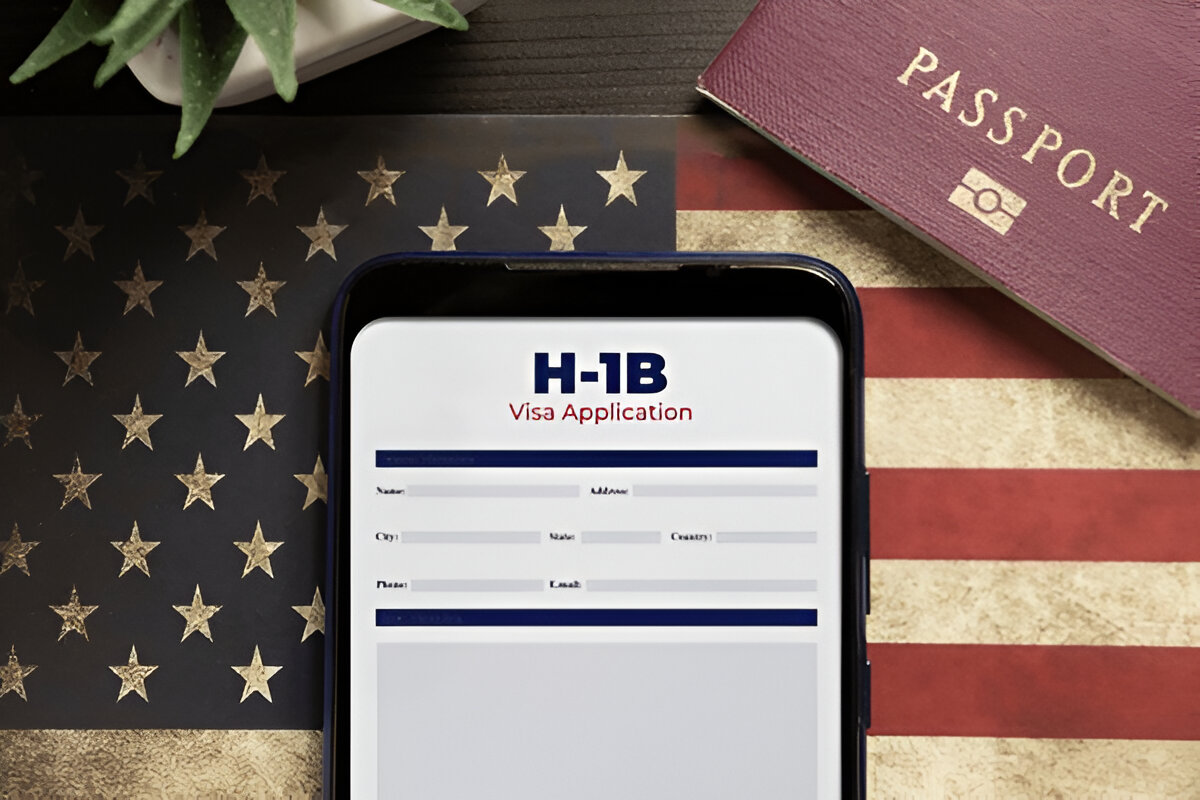Finding a job in the U.S. with an H-1B visa can unlock many opportunities for skilled workers. These visas are vital for companies needing foreign talent and for professionals seeking to live and work legally in the U.S. Each year, over 300,000 people try their luck in the H-1B lottery—making the process highly competitive. The benefits include more work flexibility and a clear path to permanent residence. This guide breaks down everything you need to know to apply confidently, whether you’re an applicant or an employer.
Understanding the H-1B Visa: Eligibility and Basic Requirements
What is an H-1B Visa?
The H-1B visa lets U.S. companies hire foreign workers for specialized jobs that typically require a college degree. These jobs include fields like tech, engineering, finance, and health care. The visa’s goal is to attract international talent needed for vital industries.
Basic Eligibility Criteria
To qualify, applicants must meet specific standards:
- Hold at least a bachelor’s degree or higher in a relevant field
- Have a job offer from a U.S. employer willing to sponsor the visa
- Work in a designated specialty occupation that demands specialized knowledge
Key Statistics and Trends
Every year, the U.S. government caps H-1B visas at 65,000, with an extra 20,000 for those with advanced degrees. Because demand exceeds supply, the USCIS runs a random lottery to select petitions. Approval rates can vary, and common rejection reasons include improper documentation or failure to meet education or job standards.
Preparing Your Application: Essential Documentation and Employer Role
Employer Requirements and Responsibilities
Your employer plays a crucial role in the visa process. They need to:
- Write a formal job offer letter confirming your employment details
- Prove the business’s legitimacy with registration documents
- Submit a Labor Condition Application (LCA) to the Department of Labor, attesting to working conditions and wages
- Follow through with USCIS instructions during the petition process
Employee Documentation Checklist
As an applicant, gather these important documents:
- Your academic transcripts and degree certificates
- A well-structured resume highlighting your relevant experience
- Letters from previous employers showing your specialized skills
- Any certifications or licenses related to your field
Tips for Gathering Strong Supporting Documents
Ensure all your documents are official, recent, and properly certified if needed. If your case is complicated or unique, consider consulting an immigration lawyer to strengthen your application and avoid errors.
The H-1B Visa Lottery Process and Filing Timeline
The H-1B Lottery System Explained
Because demand exceeds supply, USCIS uses a random lottery to pick applications. The registration period usually starts in March, with results announced in late March or early April. If selected, you get a window (usually until June) to submit your full petition.
Filing Procedures and Fees
The process is mostly electronic. You’ll need to:
- Register online during the designated period
- Pay the registration fee (around $10)
- Once selected, submit your full application package, including all supporting documents and fees
Legal fees can range from a few hundred to several thousand dollars, depending on the complexity. Always double-check deadlines to avoid missing out.
Mitigating Risks in the Lottery
Some employers file multiple applications for the same candidate. While this can boost chances, it must be done carefully to avoid disqualification. If you aren’t picked, explore other options like the O-1 visa or employer-sponsored green cards.
Navigating the H-1B Visa Petition Process
USCIS Petition Submission
Complete and file USCIS Form I-129, the main petition form. Make sure every detail matches your documents—common mistakes can delay or deny your case. Include your LCA approval, proof of your qualifications, and a clear description of the job role.
USCIS Processing Times and Premium Processing
Typical processing takes 3 to 6 months. For faster results, you can pay an extra fee for premium processing, which guarantees a decision within 15 calendar days.
Tracking and Responding to Requests for Evidence (RFEs)
Stay vigilant about your application status online. If USCIS requests additional information (RFE), respond promptly with thorough, organized evidence. Failing to reply on time can cost your case.
After Approval: Visa Stamping and Entry to the U.S.
Preparing for Visa Stamping at the U.S. Consulate
Once your petition is approved, schedule an interview at the U.S. consulate or embassy. Bring your approval notice, passport, visa application form, and supporting documents. Be prepared to answer questions about your employment and background.
Entry to the United States
When arriving, present your visa and approval notice to immigration officers. They will stamp your passport, allowing you to enter the U.S. legally. Make sure your employment start date aligns with your visa validity.
Transition to Employment and Compliance
Start your job on time and follow all rules. Maintain your visa status by working only for the sponsoring employer, reporting address changes, and renewing your visa before it expires.
Conclusion
Applying for an H-1B sponsored job requires careful planning and attention to detail. Follow the step-by-step process, gather all necessary documents, and stay aware of key deadlines. Remember, working closely with an immigration expert can make your journey smoother, especially if your case is complex. Keep yourself informed about policy updates and new regulations—your success depends on being well-prepared and proactive. With patience and effort, you can secure an H-1B visa and open the door to new career opportunities in the U.S.
